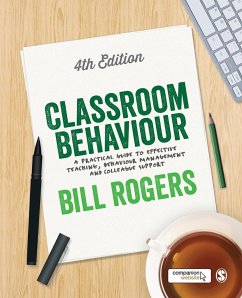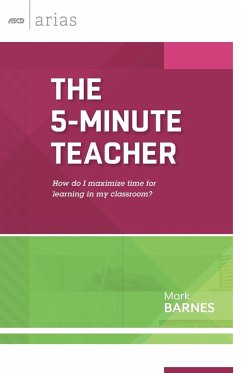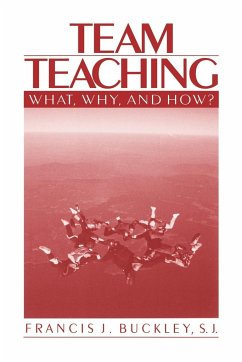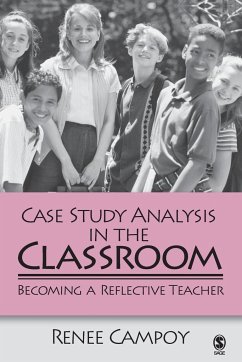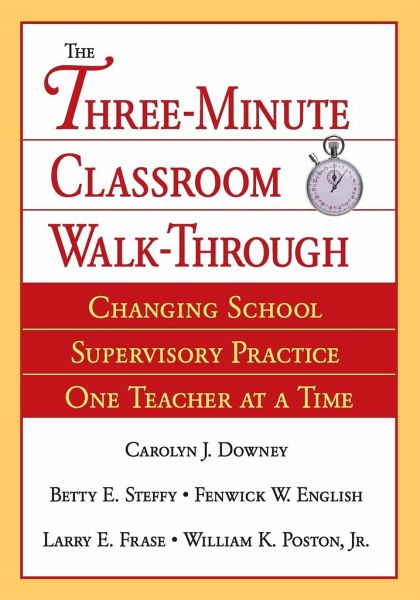
Three-Minute Classroom Walk-Through
Changing School Supervisory Practice One Teacher at a Time
Mitarbeit: Downey, Carolyn J.; Steffy, Betty E.; English, Fenwick W.
Versandkostenfrei!
Versandfertig in 1-2 Wochen
39,99 €
inkl. MwSt.

PAYBACK Punkte
20 °P sammeln!
Change to a supervision method that impacts student achievement by cultivating self-reliant teachers who are continuously improving their practice.
This book puts into perspective and practices the vision of what supervision should be. It is a model of principal-teacher interaction and redefines the professional relationships of classroom supervisory practice. The Downey approach attempts to change how principals approach supervision by replacing it with a collegial, egalitarian model of professional practice. This approach is a model of changed supervisory practice that attempts to characterize an entire school to develop a network of relationships. The Downey approach is about changing schools one teacher at a time in order to attain a culture of high work-performance for the entire school.






